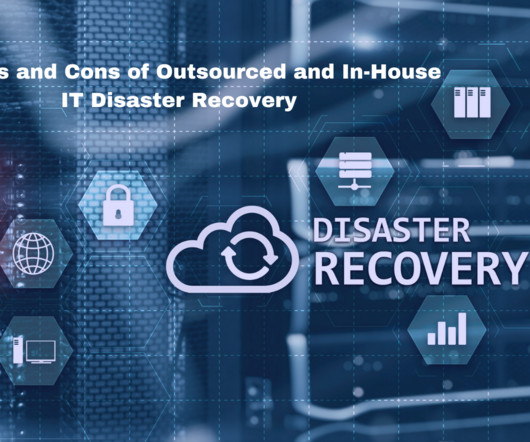Understanding Recovery Time Objectives: A Key Component in Business Continuity
Erwood Group
MAY 30, 2024
Risk Management RTO is an integral part of risk management. This proactive approach helps mitigate risks associated with operational disruptions. How RTO Impacts Business Continuity and Recovery 1. This insight is crucial for strategic planning and resource allocation.



















Let's personalize your content